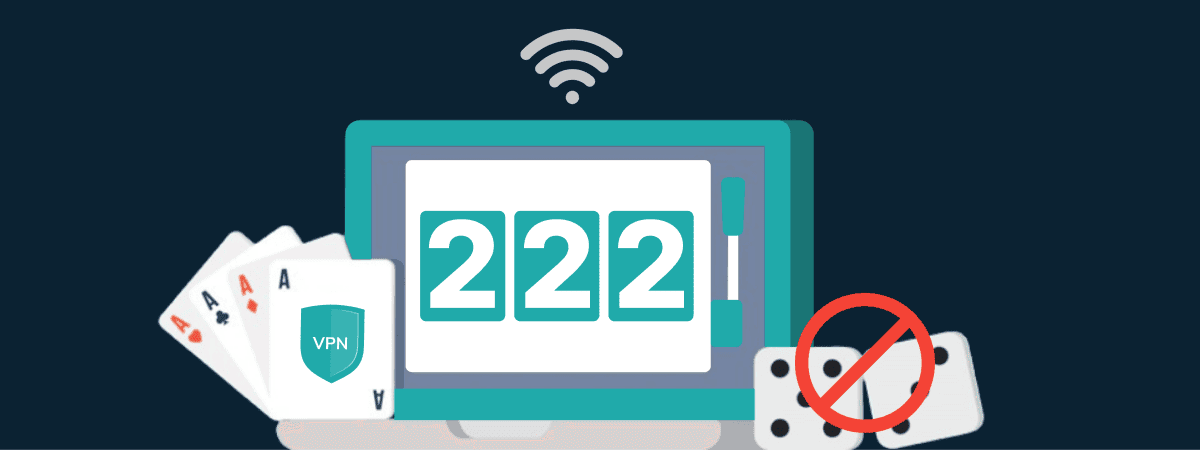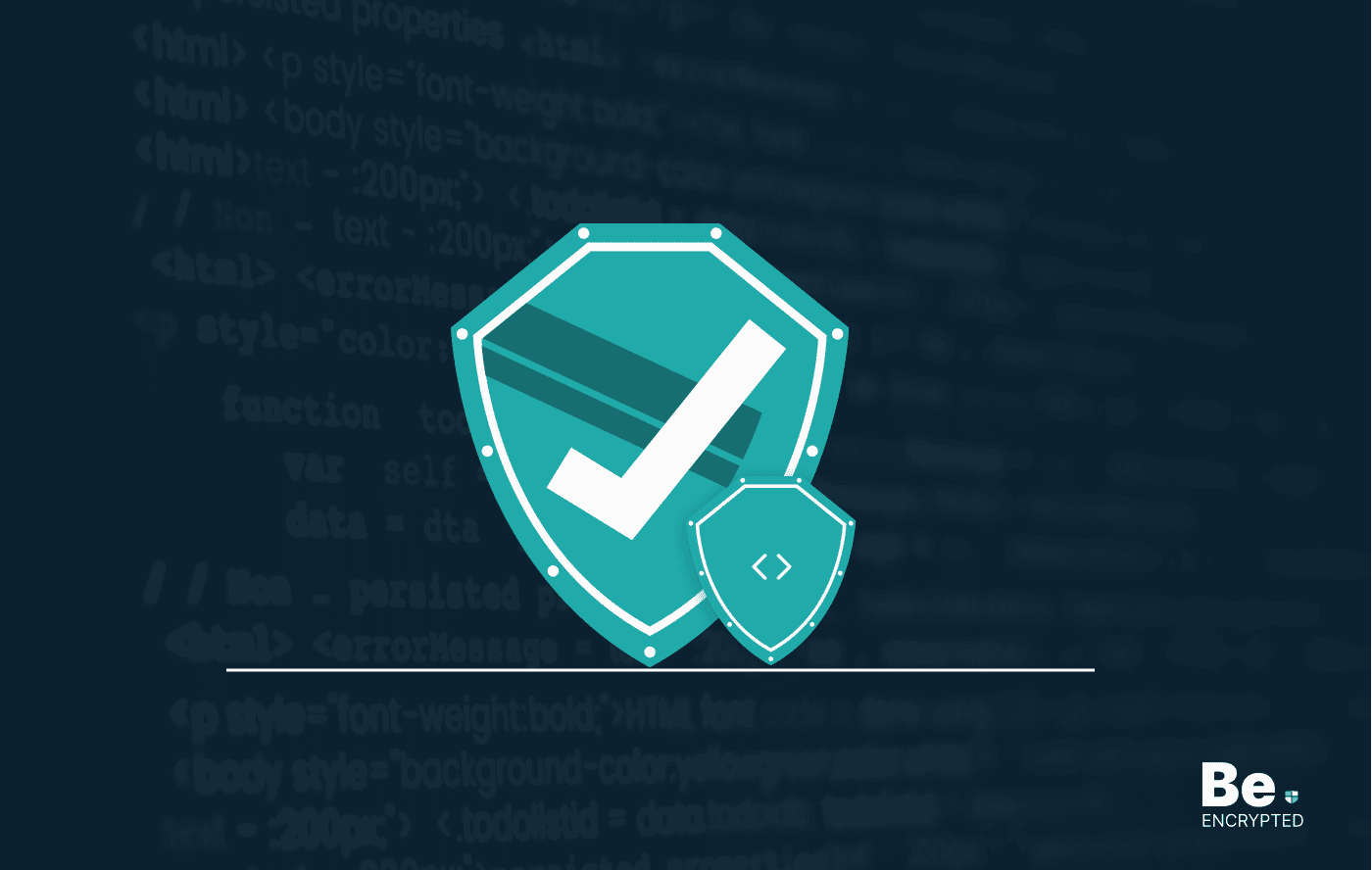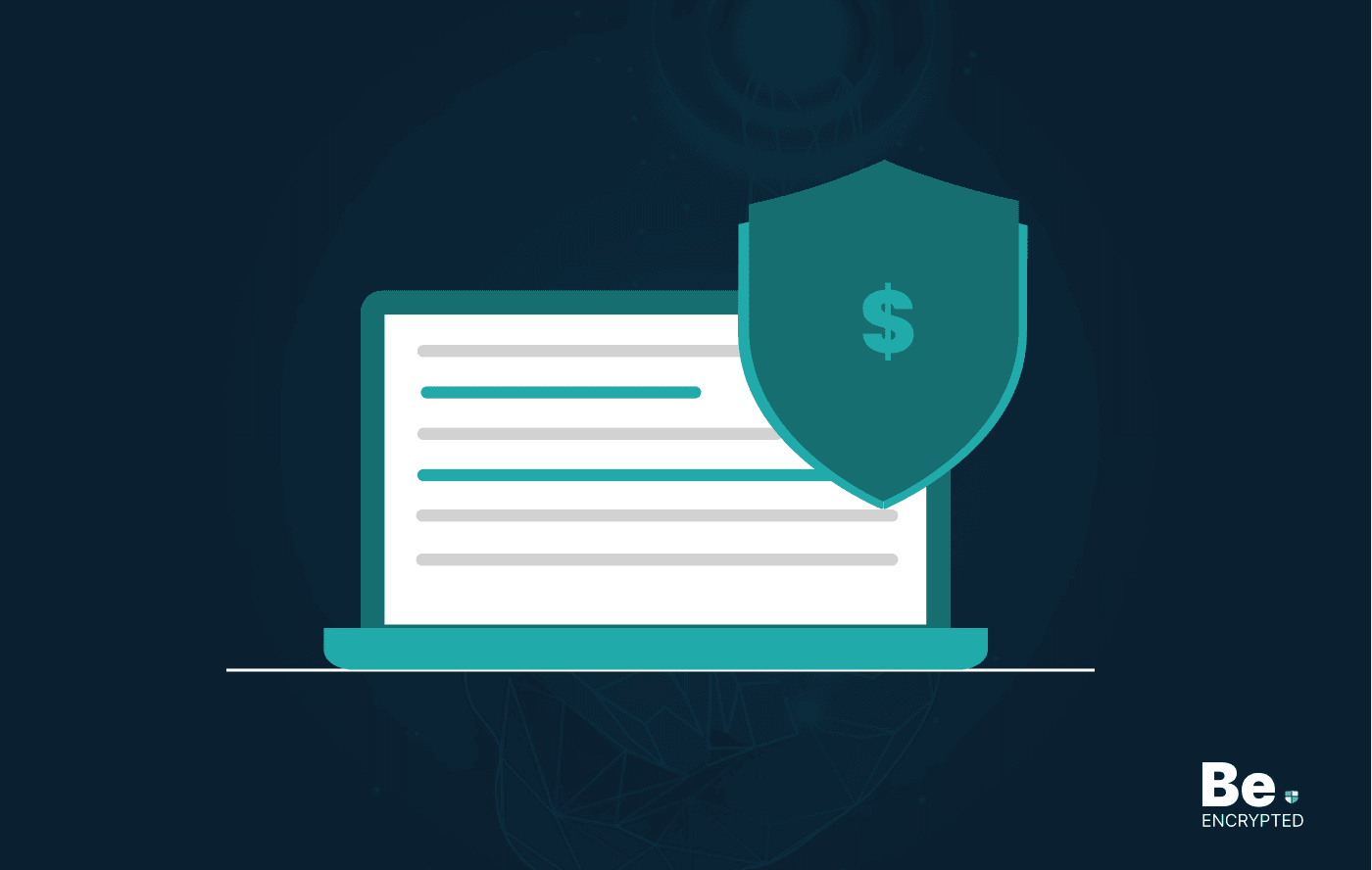There is no formal definition for essential cybersecurity, but based on how most organizations perceive the phrase, it is about employing reasonable protection from various attacks. It entails the establishment of a sound security posture that considers the new developments in the cyber threat landscape.
However, with the rapidly evolving and overwhelming volume of cyber attacks the modern world faces, many believe the basics are no longer enough. Deploying standard security controls and providing baseline cybersecurity orientations may not suffice.
What basic cybersecurity means
There are no established guidelines or rules regarding what constitutes essential cybersecurity. However, the FTC and the National Institute of Standards and Technology (NIST) provide guidelines that can serve as exemplary benchmarks for crucial protection. These guidelines can be an excellent basis for determining essential cybersecurity.
The FTC Cybersecurity for Small Businesses outlines several guidelines for protecting businesses from cybercriminals. These can be summarized as follows:
- Regular software updating
- Data backups and secure data storage
- The use of passwords across devices
- Multi-factor authentication
- Encryption for devices that contain sensitive information
- Wireless network protection
Meanwhile, the National Institute of Standards and Technology of the US Department of Commerce provides a cybersecurity framework to reduce cyber risks for businesses and protect their network and data. It focuses on five areas: threat identification, protection, detection, response, and recovery.
To ensure proper threat identification, NIST says organizations should list all equipment, software, and data and develop policies on the roles and responsibilities of their users. Measures should also be in place to limit an attack’s damage.
On the protection front, the NIST framework calls for the use of security software for data protection, regulation of network access, regular data backups, regular and automated software updates, and sound policies for the safe disposal of electronic files and devices that contain data. Additionally, everyone in the organization should also have adequate cybersecurity training.
NIST says that organizations should monitor computers and networks for possible unauthorized access or connections regarding detection. It is also crucial to investigate unusual activities on the web.
For the response part, the institute prescribes plans for notifying customers, employees, and others who might be affected by an attack. There should also be a plan for ensuring business continuity or the prompt restoration of operations. Additionally, organizations should have pre-arranged courses of action to investigate and contain an attack, update cybersecurity policies in response to an attack, and prepare for inadvertent events.
Lastly, organizations need recovery strategies. NIST says that they must plan for repairing and restoring hardware and software after an attack. A disaster recovery plan is vital, as no cybersecurity system can ever be perfect. It is impossible to prevent all cyber assaults from penetrating an organization’s defenses.
When the basics are not enough
Complying with the guidelines laid out above would seem adequate, considering how they cover virtually all aspects of cybersecurity. The established guidelines address all critical concerns, from threat identification to remediation and recovery.
However, following such guidelines is often not enough. As cybersecurity expert Kerry Bailey emphasizes in a Forbes Technology Council post, compliance does not equal cybersecurity. “A company can be 100% compliant and yet 100% owned by cybercriminals,” Bailey notes.
In October 2020, for example, Barnes & Noble informed its customers that it suffered a ransomware attack that led to a data breach and the inability of customers to access their libraries. The attack also disrupted the company’s brick-and-mortar store operations across the United States as point-of-sale systems became inoperable.
Barnes & Noble is by no means negligent when it comes to cybersecurity. However, according to a CPO Magazine report, the company possibly fell for a phishing and social engineering attack, which allowed ransomware to be injected into its system. Even the most robust cyber defenses become ineffective when employees fall for cybercriminals’ traps.
Similarly, strong software defenses are insufficient when dealing with complex and persistent attacks like credential stuffing. This reportedly happened to around half a million Zoom accounts sold on the dark web. The cyber thieves behind the attack allegedly obtained the accounts using previously stolen credentials.
Zoom has been bolstering its security after various criticisms of its security policies over the past year. However, it could not have prevented hackers from hijacking the accounts of users who have the habit of using the same login credentials across different online accounts. The best the company could have done was to ask users to change their passwords and enable two-factor authentication after discovering the sale of stolen Zoom accounts and learning that there was no data breach on Zoom’s end.
Why sticking to guidelines does not suffice
Security standards are not useless. They help organizations in addressing many possible vulnerabilities and new threats. However, these standards are unlikely to match the most recent technical threats. They are not updated as swiftly as cybercriminals evolve their adversarial tactics and techniques. It takes time for standards-creating bodies to introduce updates that reflect the rapid changes in the threat landscape.
Another problem with cybersecurity that is dependent on compliance with guidelines is the tendency of different parts of an organization to be siloed. Instead of working with other departments or units, the guidelines are seen as checkboxes that individual units try to tick according to their pace and capabilities.
The fixation on compliance makes department heads focus on achieving specific goals without contextualizing threats on a larger scale or a macro level. There is no motivation to cooperate with other departments to better understand the nature of threats and collaborate to put in place a more solid cybersecurity strategy.
Even though security guidelines are comprehensive, bad actors can still exploit weaknesses bolstered by a lack of coordination among an organization’s different units. Companies can employ state-of-the-art security software or cloud-based platforms, for instance.
Still, they could not adequately plug the holes exploited by social engineering attacks without an inter-organization cybersecurity strategy that involves sharing knowledge and an openness to implementing changes in policies, protocols, and processes to close down security loopholes.
Share this article
About the Author
Waqas is a cybersecurity journalist and writer who has a knack for writing technology and online privacy-focused articles. He strives to help achieve a secure online environment and is skilled in writing topics related to cybersecurity, AI, DevOps, Cloud security, and a lot more. As seen in: Computer.org, Nordic APIs, Infosecinstitute.com, Tripwire.com, and VentureBeat.
More from Iam WaqasRelated Posts

How to Avoid Gambling Restrictions in 2024
KEY TAKEAWAYS Gambling is prohibited in multiple countries as it is addictive, and many people go ba...

20 Best Penetration Testing Tools For Security Professionals
KEY TAKEAWAYS If you’re in a hurry, then have a look at the list of 20 best penetration testin...

The Role of Developer Security in Software Development
KEY TAKEAWAYS The revolution of DevOps has reduced the SLDC and resulted in the creation of many sof...

How To Detect Hidden Cameras And Listening Devices? A Complete Guide
Many people feel like someone is watching them or listening to their conversations. They may be righ...

What is Virtual Firewall and How it Helps Us in 2024?
Scientists and technicians are trying to invent the latest technology protection to create barriers ...

10 Ways to Prevent Ransomware Attacks
KEY TAKEAWAYS Ransomware attacks are growing frequently and affecting every sector of the business i...


